Reverse osmosis is one of the best processes for cleaning your water of any pollutants. We’ve put up a list of the Best Tankless Reverse Osmosis System available right now to save you time.
“I love the way it got installed.”
“Water tastes nice. I love it”
“I really appreciate the customer service team. They are amazing.”
“Water flow is fast. Installation is super easy.”
Customer service is exceptional.
Tankless reverse osmosis systems get you filtered water at any given moment. These systems have a filter element and a reverse osmosis membrane. Both are larger than tanked machines.
These systems perform at a higher rate than regular tank systems.
Item 1- Brio Aquus Tankless Reverse Osmosis System
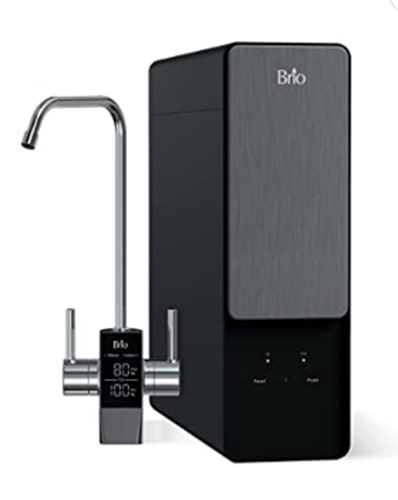
This tankless reverse osmosis system offers a smart, seamless, and safe hydration experience. It is made using modern technology and has filtration that is 3-in-2. It does not have a heavy water tank.
The filtration unit has a small footprint and can be stored under almost any sink. It comes with filter lifetime indicator, reset button, and flush filters button features.
It is simpler to install because everything is placed in one location. It blocks heavy metals like lead and arsenic. It also blocks dirt, rust, sand, iron, chlorine, cysts, salts, and volatile organic compounds. It provides odor-free, clear water that is free of impurities.
Pros:
- Easy to install
- Instant filtered water
- Takes very little space
- Cartridges are easy to replace
- Easy maintenance
Cons:
- Slow filtered water delivery
- Replacement cartridges are expensive
Item 2- Frizzlife Tankless Reverse Osmosis System
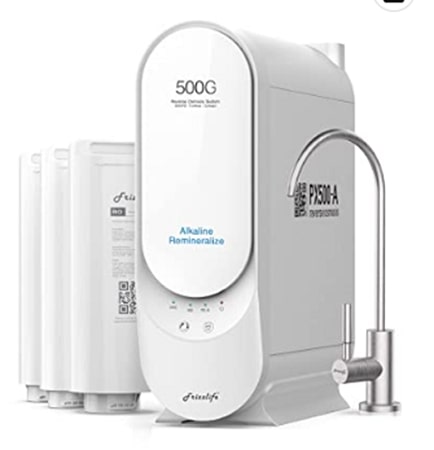
This tankless reverse osmosis system is better than traditional water tanks. It takes up less space and gets rid of the pollution caused by the tank that didn’t have any air circulation. You can install it yourself. You can use a step-by-step installation video and a detailed user manual.
It can give your family fresh water right away from the drinking faucet, and a cup of water can be filled in 12 seconds.The color-coded signs will notify you to change the filter cartridges. Blue means “good,” while red means the filter needs to be changed.
Pros:
- Easy to install
- Water tastes great
- Customer support service is great
- Great quality of water
- Space-saving product
Cons:
- Water flow is slow
- System is noisy
- System vibrates a lot
Item 3- iSpring Tankless Reverse Osmosis System

This reverse osmosis filtering system represents the next generation of water filters. You can now fill your cup with fresh and tasty water.
Additionally, it contributes to lower water bills and less water draining away. It conserves under-sink space. This effective water technology reduces interconnects, simplifies installation. It also helps to get rid of leak concern.
It has rapid filter replacement, filter change indicator, and monitoring water quality features. This system can meet the water needs of households and workplaces with a flow rate of up to 0.4 gallons per minute.
Pros:
- Excellent customer support
- High quality build and design
- Easy to install
- Water tastes great
Cons:
- Pump is loud
- Low water flow rate
- Unit is expensive
- Replacement cartridges are difficult to find
Item 4- AWater1 Tankless Reverse Osmosis System
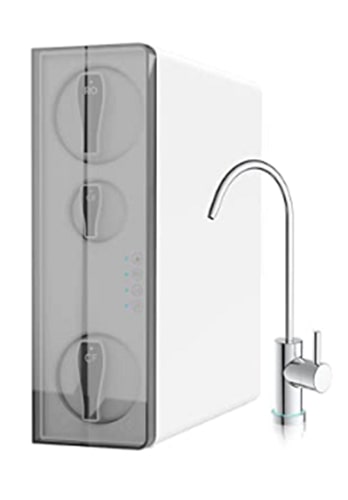
More than 99.99% of water pollutants are removed by this tankless reverse osmosis system. This includes lead, mercury, scale, fluoride, chlorine, and other heavy metals.
It has a daily output capacity of 500 gallons of water. Large families’ daily water needs can be satisfied by it. A glass of 330 ml water can be filled in around 10 seconds because of the water flow’s quickness and consistency.
It is created using cutting-edge filtration technology. With minimal water waste, it guarantees the purity of filtered water. Compared to most RO filtration systems on the market, it saves more water.
You will spend less money on water bills and less water will be wasted. Due to its compact and effective footprints, it occupies less space. It promises to give you and your family water that is incredibly pure, secure, and clean.
Pros:
- Tankless design is great
- Excellent quality
- Easy to install
- Less water wastage
- Water flow is fast
Cons:
- All three filters need to be replaced
Item 5- PUREPLUS Tankless Reverse Osmosis System

This tankless reverse osmosis system offers less water wastage and faster speed. Over 99.99% of heavy metals are removed. This includes Lead, Mercury, PFAS, Cadmium and more than 1,000 kinds of contaminants.
Real-time TDS value signals will be provided by built-in LED lights. These lights also act as a reminder to change filters as needed. To improve the internal water circuit connection, it uses an integrated design.
This enhances the sealing and guarantees user safety. When the cabinet door is shut, hardly any sound is heard. This system saves 75% of the space and fits under the sink. It prevents water leaks and secondary pollutants in the water tank.
Pros:
- Space saver
- Great water quality and taste
- Easy installation
- Great customer service
Cons:
- Slow water flow
- Leaves after taste
Our Winner:
We recommend the AWater1 Reverse Osmosis System as the best option.

It can produce up to five hundred gallons of water every single day. It can meet the daily water requirements of large families. It is made with the most advanced filtration technology currently available.
It ensures the purity of filtered water without wasting water. It conserves more water than most other filtration systems available.
Buyer’s guide for Tankless Reverse Osmosis System
1. Drain ratio
The drain ratio is the ratio of the amount of water released to the amount of water obtained in gallons. Regular usage of these systems results in a large amount of discharged water. This happens when the drain ratio is not good.
The drain ratio of many RO systems is 4:1. For every four gallons of discharged water, the system makes one gallon of filtered water. Look for modern systems that have much improved drain ratios, with some reaching as low as 1.5:1.
2. Flow rate
The amount of water that exits the system after filtering is known as the flow rate.
Let’s look at this flow rate as an example: “36/45 GPD.” In this instance, the 36 GPD (Gallon Per Day) represents the system’s GPD under conditions where the water runs at 50 psi. While the 45 GPD applies in conditions when the water runs at 60 psi.
60 psi is the standard. But the pressure can be much lower depending on how the environment is. As a point of reference, a GPD for 50 psi is preferred.
3. Design
It might not seem important how a tankless reverse osmosis system is developed. But if you plan to put it right next to your sink, you should make sure it fits in with the rest of the space.
Choose a tankless system that is slim and has few parts, which makes them perfect for simple setups.
4. UV Light
Select a UV-light tankless RO system. Its main function is to kill 99.9% of all dangerous microorganisms in the water. Most bacteria are stopped by the RO filter before they can pass through the UV filter.
All reverse osmosis systems need to be installed before they can function. These systems can be installed by connecting to the waste and cold water feed pipes under a sink.
Anyone with some basic DIY skills and equipment can install these systems. Just drill a mounting hole in the sink or counter for the filtered water faucet.
The simplest reverse osmosis systems to install and operate are tankless RO systems. Tankless systems are simple to install, manage, and use from setup to filter options.
Here’s a video on how to install a tankless reverse osmosis system.
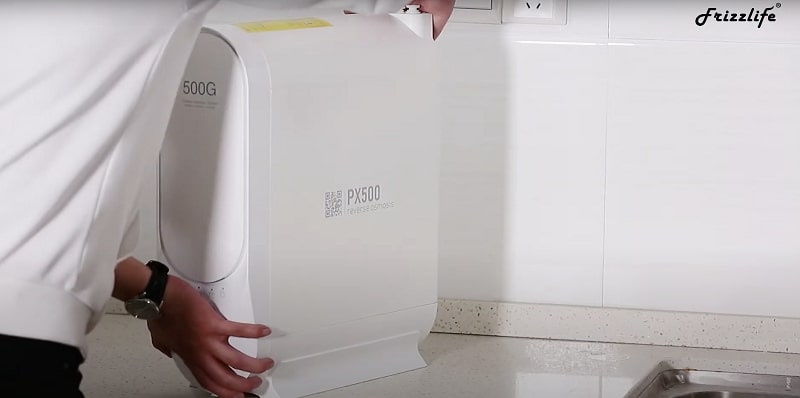
- Turn off and disconnect the cold water supply pipe from the wall to faucet with the shut-off valve.
- The cold water supply outlet should relate to the included “T” connector.
- Reconnect the cold water feed to the ‘T’ connector.
- For the filter waste connector, drill a hole in the waste pipe. Locate the drain connector on a horizontal part of the waste pipe to cut the noise generated by the system flush by.
- Connect the RO drain connector to the drainpipe by using the drill bit as a guide.
- Fix the RO system filter package to the back wall or side wall of the cabinet. Make sure there is space in every direction to do maintenance and remove the filters. For some systems, removing filter housings needed a sizable plastic wrench.
- Put the reservoir tank on the cabinet’s bottom.
- Affix the filter faucet to the sink’s top.
- Connect each water tube. The pipes are typically color-coded to make sure the right connections are made.
- If the system has a UV light system, connect it to the electrical outlet. If power isn’t already present, you might require an electrician.
- Turn on the cold water source at the shut off valve, then check the water channel for leaks.
- Fill and vacate the reservoir 3–4 times.
- Filtered reverse osmosis water is now being produced by the system.
After initial installation, it is important to periodically inspect the system for leaks. Check to make sure there are no leaks.
Periodic maintenance is required for all RO systems. The regularity depends on the type of system and the quality of the water that goes through the filters. Pre and post filters should be changed every 6 to 12 months or as needed based on usage.
Manufacturers have suggested schedules. Yet, the best way to be certain is to test the water both before and after your system processes it. With a basic TDS meter, you may perform this task yourself.
Every RO membrane has a lifespan of one to five years. The membrane will survive longer if the feed water is of higher quality. Replace the pre-filter membranes as needed. This helps the membrane to last longer.
Although most RO systems include simple-to-change filters, the procedure can be different. You can remove the filter by pressing a button on the holder after lifting it outward at the base. While replacement filters push in, other filters pull out.
Housings must be unscrewed to replace the filter cartridge. Then they must be screwed back in. An under-sink reverse osmosis system needs not much maintenance. you should only replace old filters every few months.
Conclusion
For your home, tankless reverse osmosis systems are ideal. They are more effective than most of their larger counterparts. They are easy to install and maintain. Tankless systems will provide constant water flow while they are operating. These systems support large households that use a lot of water in general.

You might want to hear this:
bobby said…
“So far so good. Easy to follow instructions.”
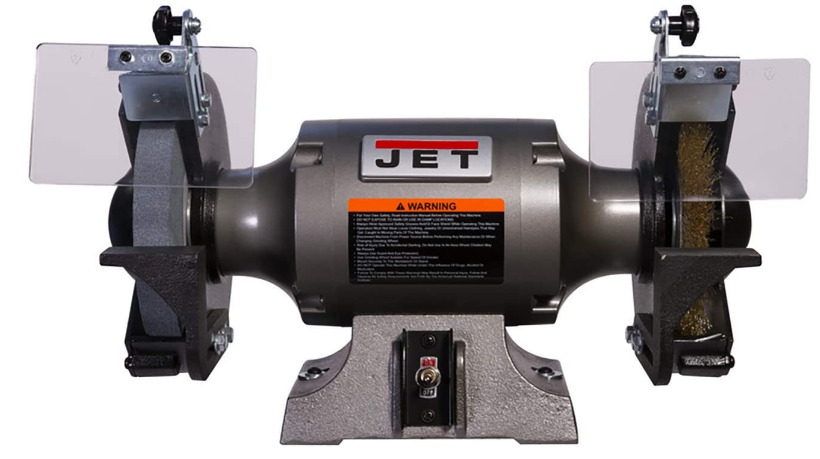 Jan 8, 2024
Jan 8, 2024 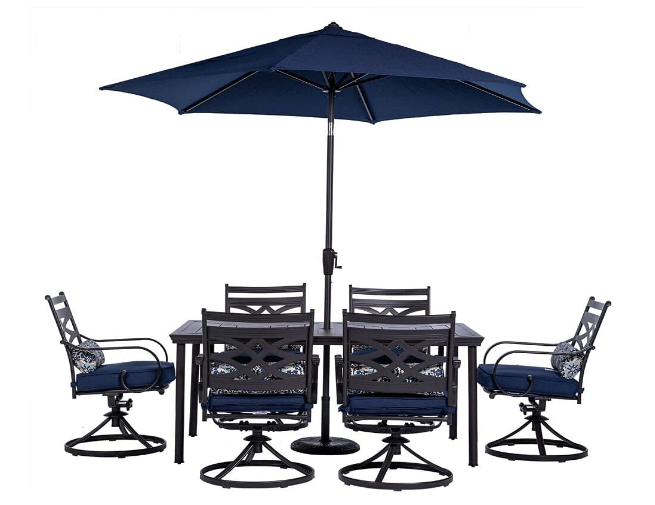 Jan 8, 2024
Jan 8, 2024 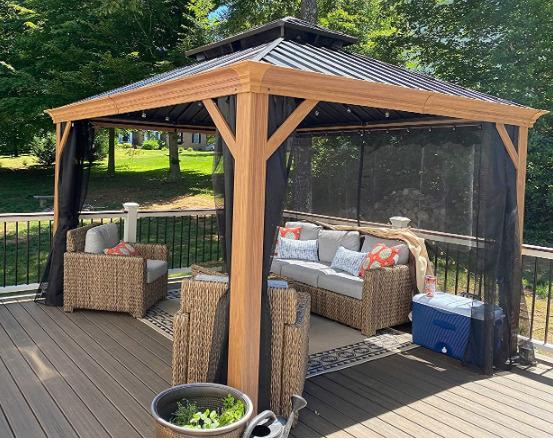 Jan 8, 2024
Jan 8, 2024 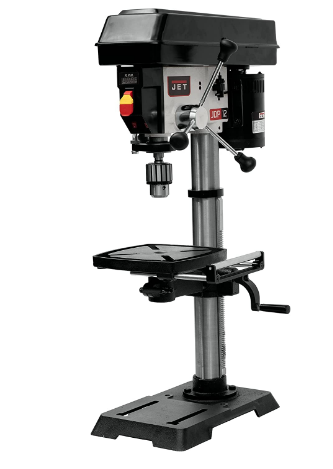 Jan 8, 2024
Jan 8, 2024 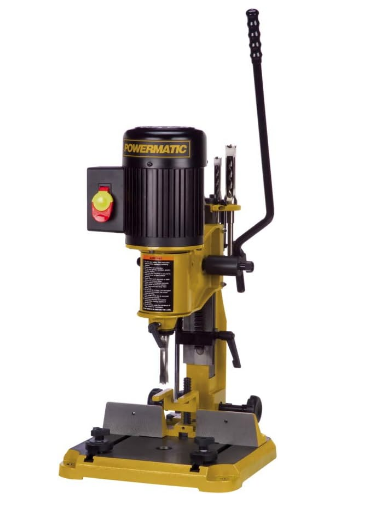 Jan 8, 2024
Jan 8, 2024